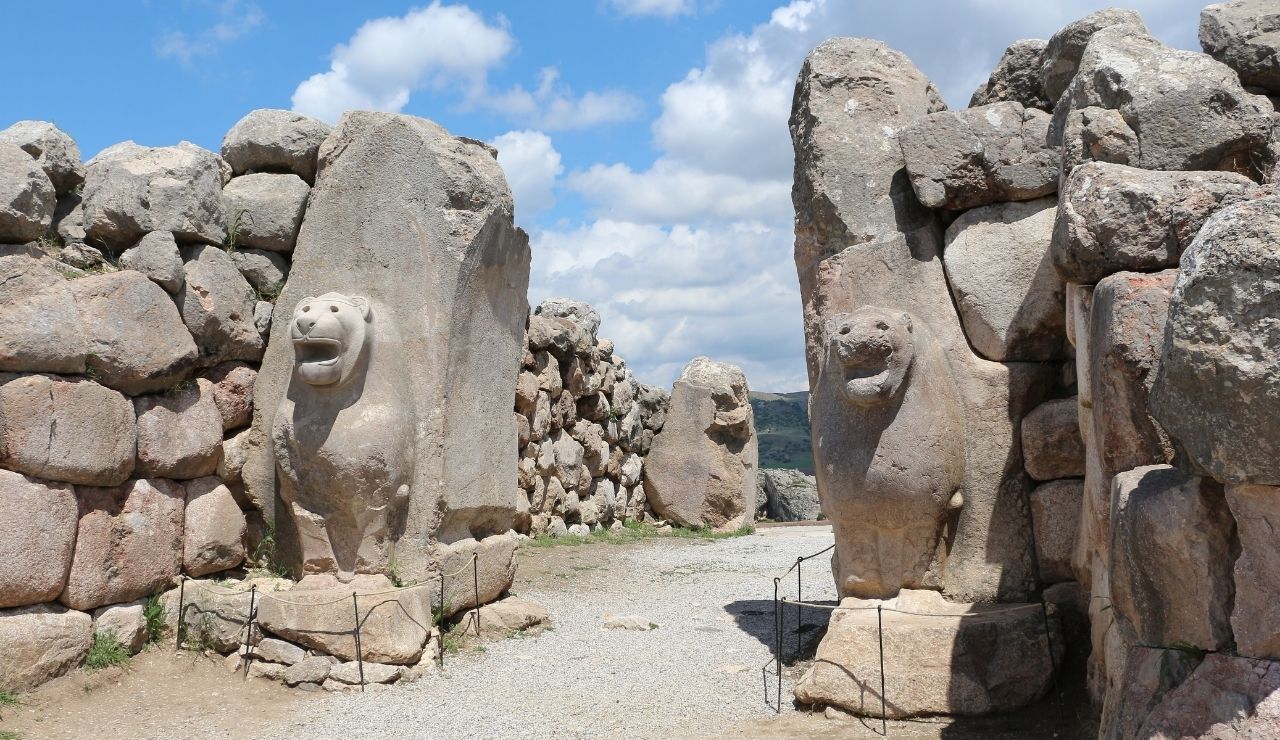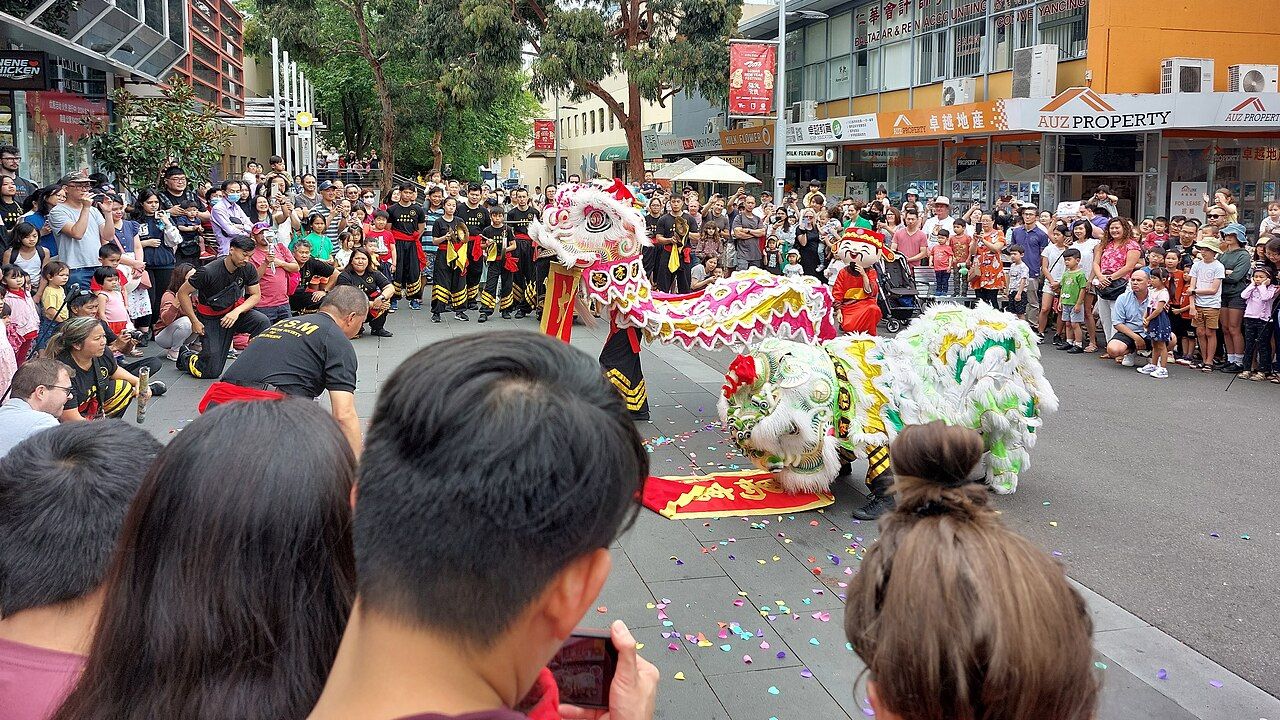History tends to spotlight only a handful of ancient cities such as Rome, Athens, and Babylon. But scattered across the globe are cities that once thrived with innovation, influence, and architectural brilliance, yet remain missing from most textbooks. These forgotten urban centers played vital roles in trade, politics, religion, and science. Their ruins reveal powerful stories that continue to reshape what we think we know about early civilizations.
1. Thonis-Heracleion, Egypt
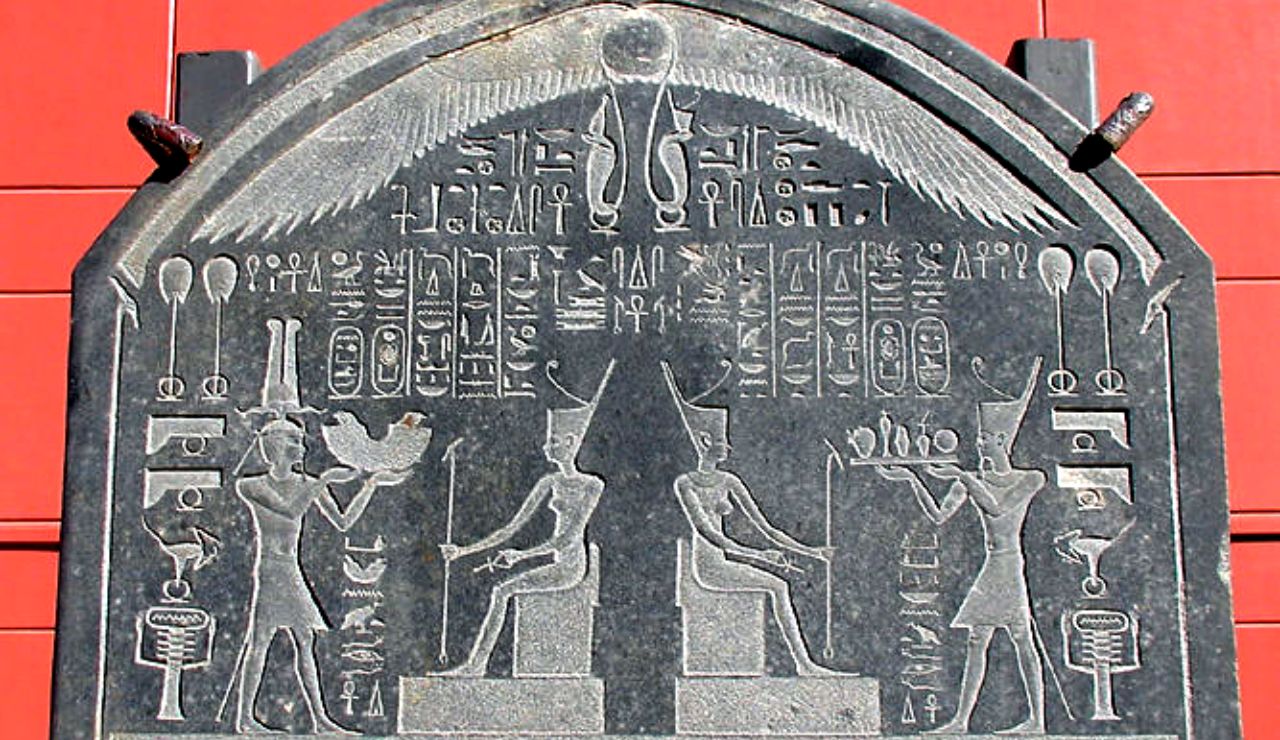
Once a major port city near the Nile Delta, Thonis-Heracleion vanished beneath the Mediterranean for over a thousand years. Discovered in the early 2000s, its underwater ruins revealed statues, temples, and coins. This sunken city controlled trade between Egypt and the Greek world. Its rediscovery changed how historians understood Egypt’s coastal power during the Late Period.
2. Caral, Peru
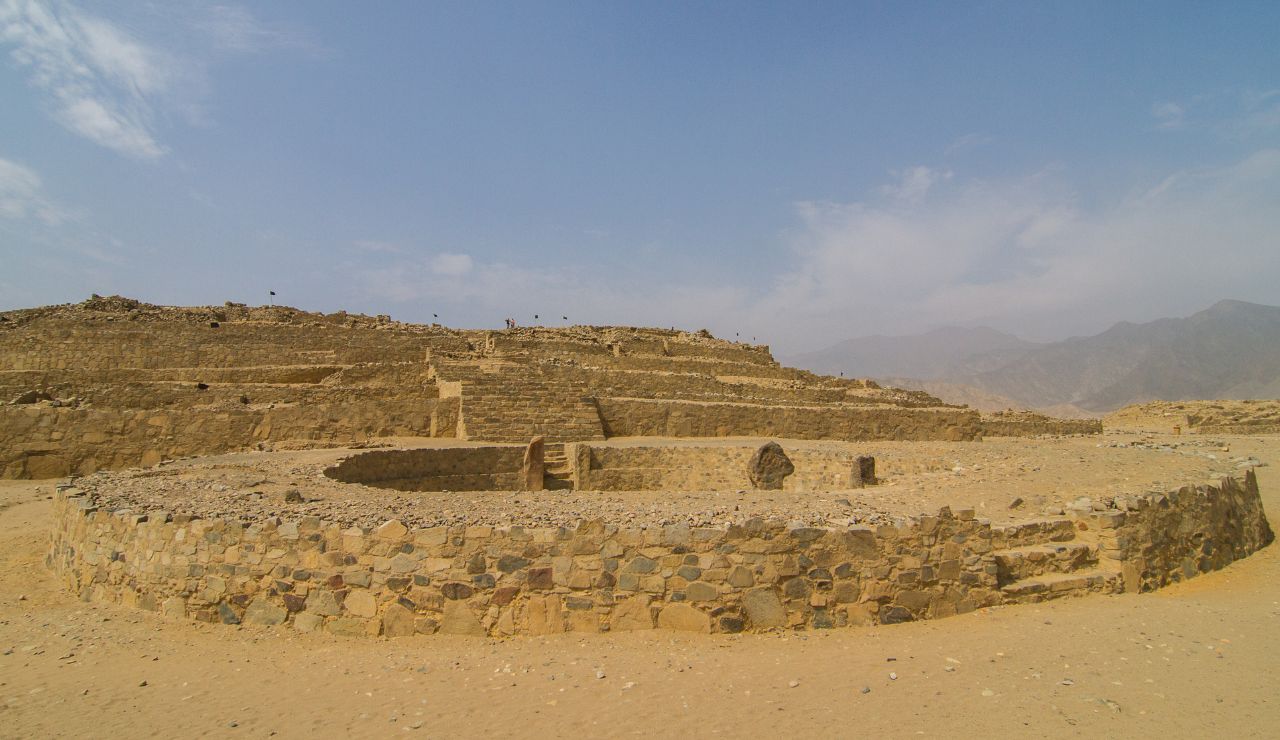
Caral is one of the oldest known cities in the Americas, dating back to 2600 BCE. Located in the Supe Valley of Peru, it thrived without weapons, warfare, or even ceramics. Instead, it focused on music, trade, and astronomy. The city’s pyramids, amphitheaters, and irrigation systems proved that advanced civilization in South America started long before the Inca or Maya gained fame.
3. Hattusa, Turkey
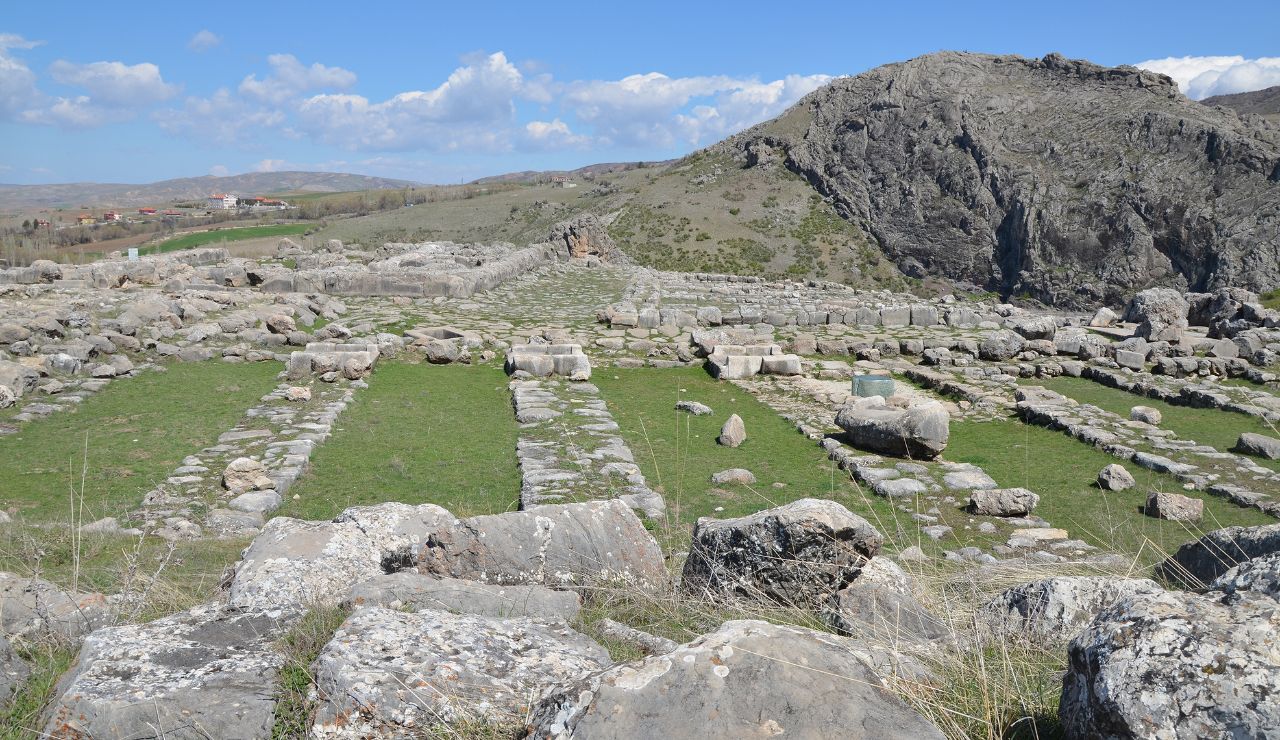
Hattusa served as the capital of the Hittite Empire and rivaled Egypt and Assyria in power. Hidden in central Turkey, its stone gates, massive walls, and ancient texts make it one of the best-preserved Bronze Age capitals. Excavations revealed a vast archive of cuneiform tablets, including early peace treaties. Hattusa’s forgotten legacy sheds light on a kingdom that once shaped ancient politics.
4. Mohenjo-Daro, Pakistan
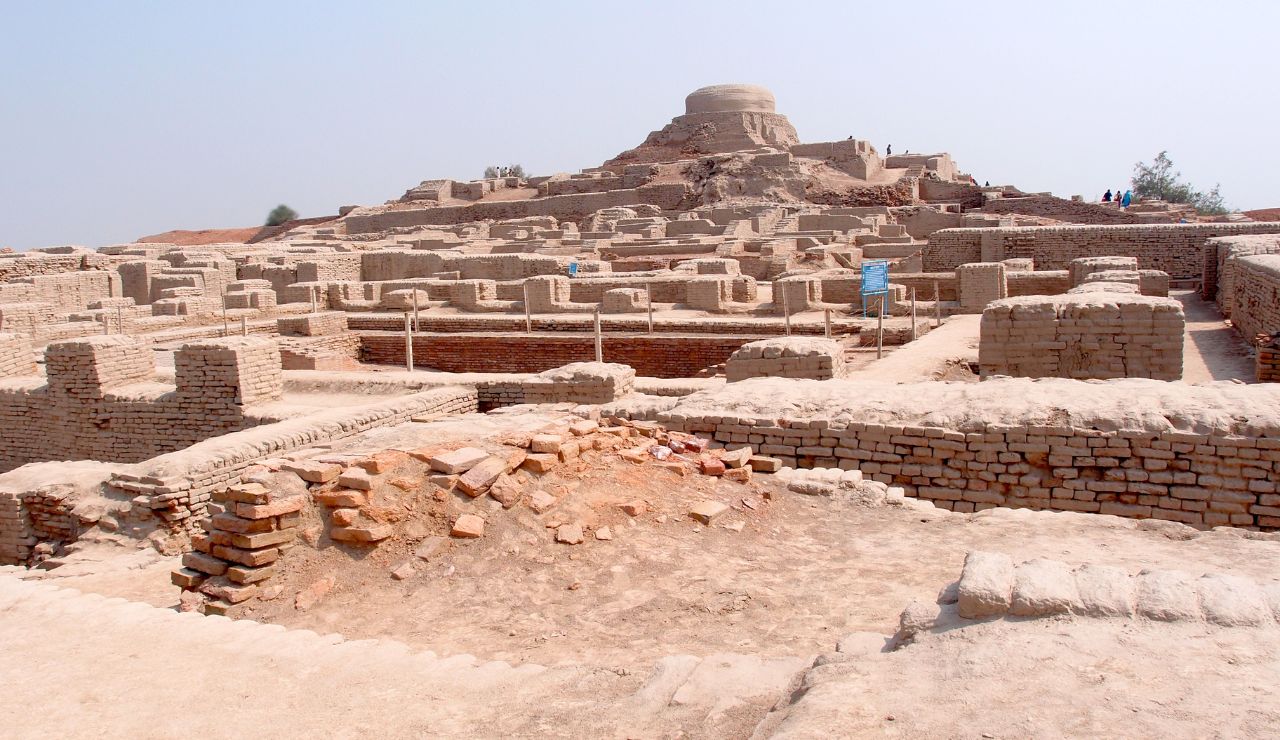
Built around 2500 BCE, Mohenjo-Daro stood as a model of urban planning. The city had grid streets, public baths, and advanced drainage. Part of the Indus Valley Civilization, it flourished with no signs of kings or temples. Its people valued organization, cleanliness, and trade. Mohenjo-Daro’s decline remains a mystery, but its layout rivals the best-designed cities of the ancient world.
5. Aksum, Ethiopia
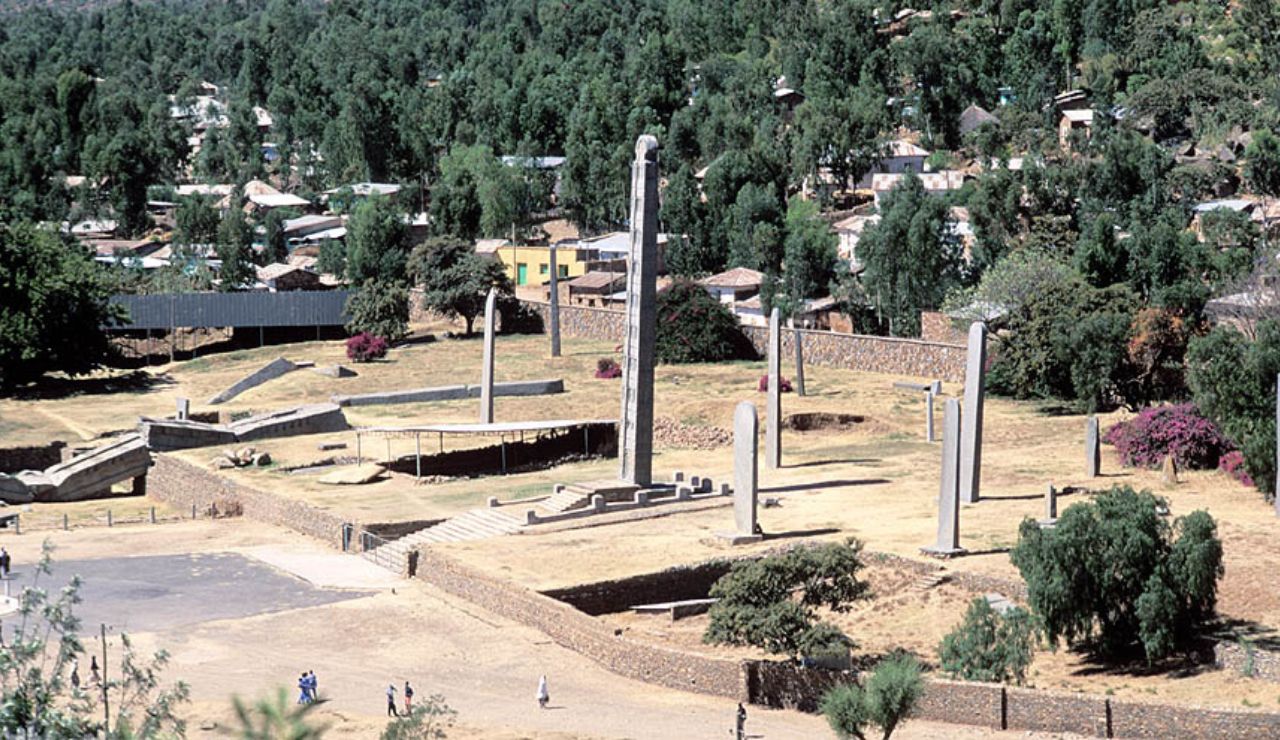
Aksum dominated northeast Africa from the 1st to 7th century CE and minted its own coins. It became a hub for trade between Rome, India, and Arabia. Known for its towering obelisks and early Christian roots, Aksum influenced the spread of religion across the region. Despite its role in global commerce, it often gets overshadowed by Egypt and Nubia in African history.
6. Tikal, Guatemala

Deep in the Guatemalan rainforest, Tikal rose as a powerful Maya city from 200 to 900 CE. Its massive temples and pyramids pierced the jungle canopy. Tikal connected politics, astronomy, and religion through monumental architecture and carved stelae. It influenced nearby regions through warfare and trade. Though rediscovered in the 19th century, its full scale wasn’t known until modern technology revealed thousands of hidden structures beneath the forest.
7. Great Zimbabwe, Zimbabwe
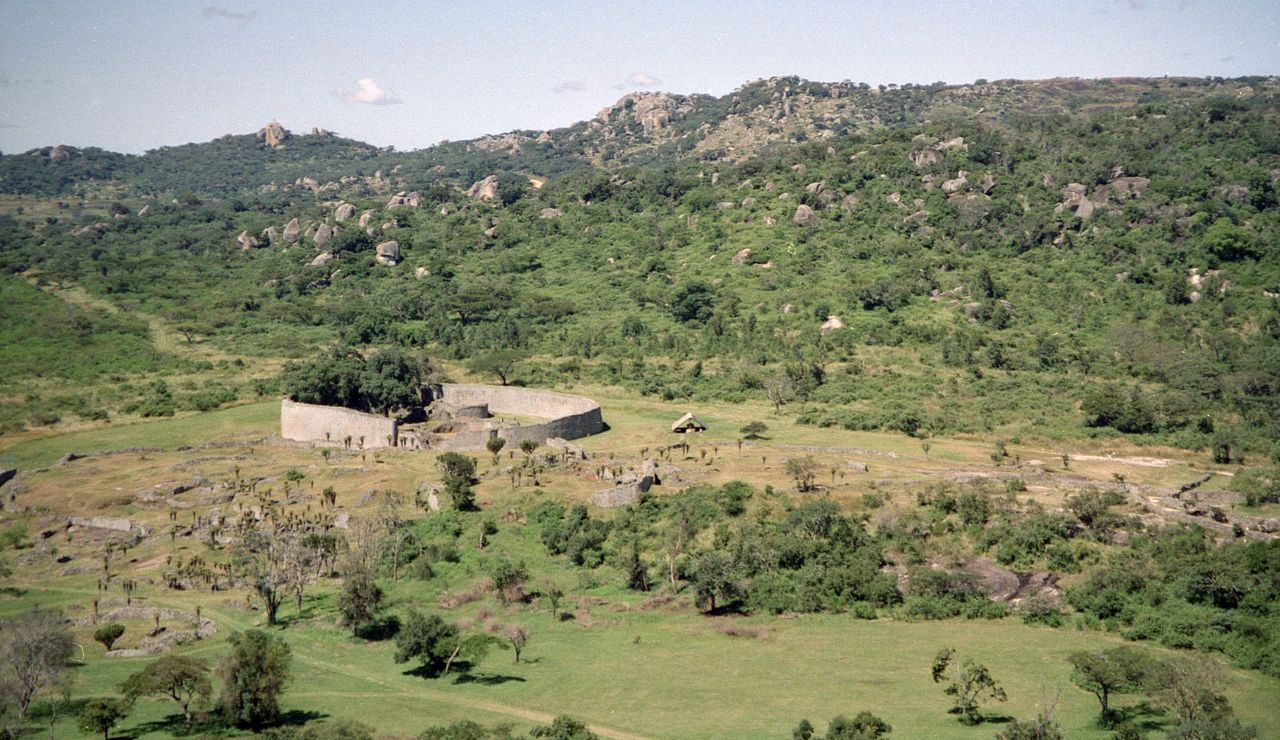
Built between the 11th and 15th centuries, Great Zimbabwe served as the heart of a major African kingdom. Its stone walls were constructed without mortar, and its architecture showcased expert engineering. The city controlled gold trade routes stretching to the Indian Ocean. European colonists once denied Africans had built it, but excavations proved it was the work of the Shona people, reclaiming its rightful place in African history.
8. Nan Madol, Micronesia
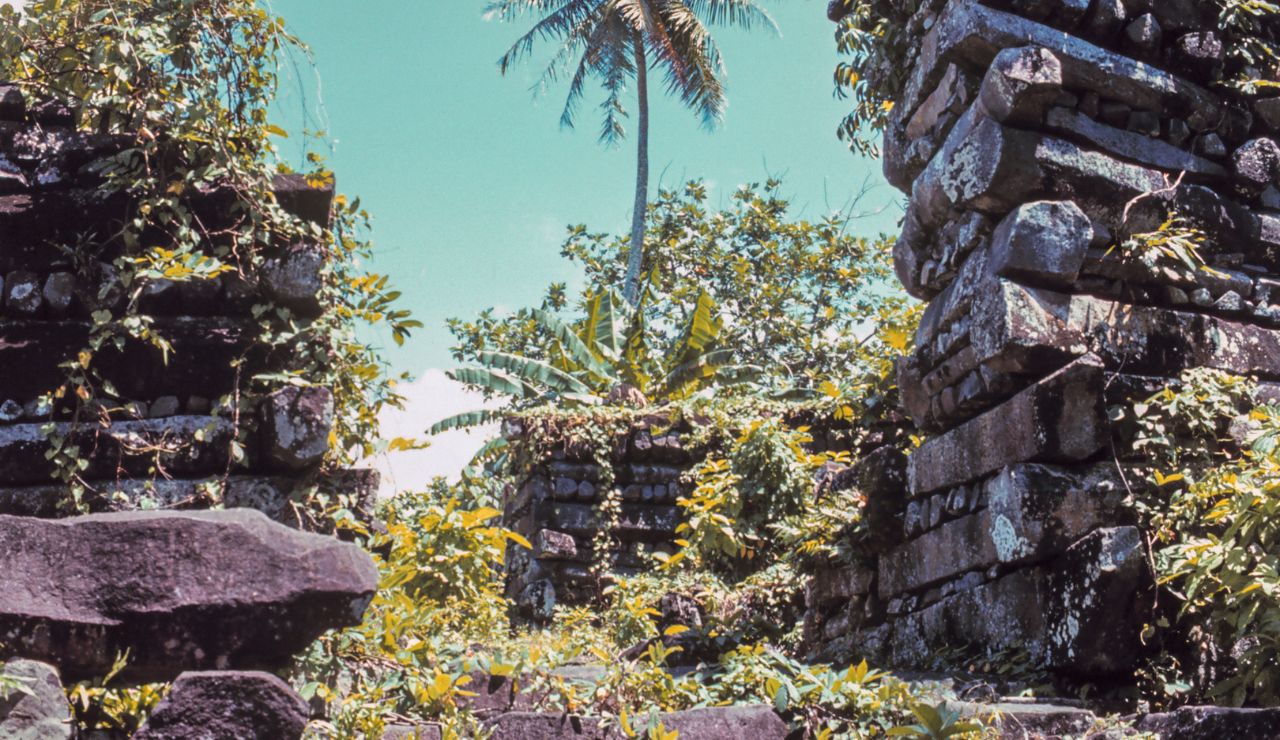
Floating off the coast of Pohnpei, Nan Madol is a city of stone built on a lagoon. Constructed with giant basalt blocks, it dates back to around 800 CE. The city included artificial islands connected by canals and served as the ceremonial capital of the Saudeleur dynasty. Its remote location and megalithic design continue to baffle researchers. Nan Madol remains one of the most mysterious cities in the Pacific.
9. Ani, Turkey
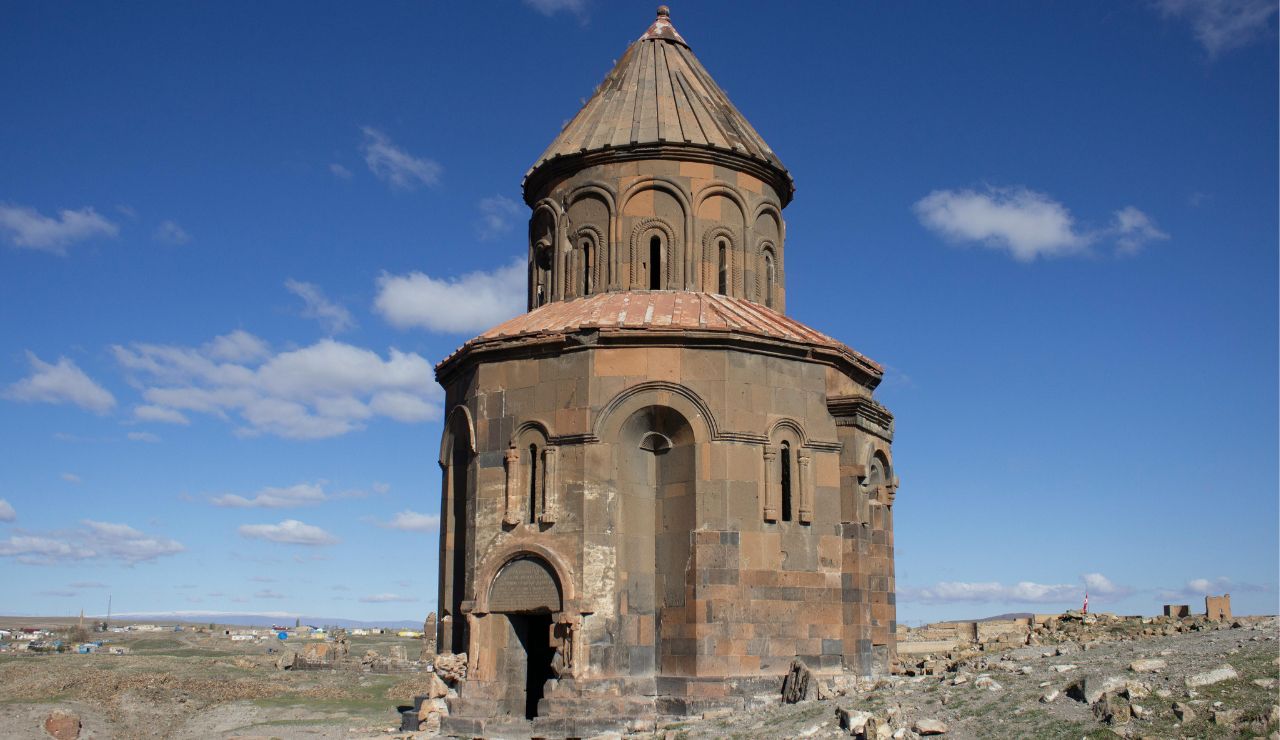
Once known as the “City of 1,001 Churches,” Ani flourished along the Silk Road in the 10th and 11th centuries. It rivaled Constantinople in beauty and size, with impressive cathedrals, palaces, and defensive walls. Located near today’s border with Armenia, Ani fell to invasions and earthquakes, then faded into ruins. Its medieval Armenian architecture still stands as a powerful reminder of a lost cultural center.
10. Sanchi, India
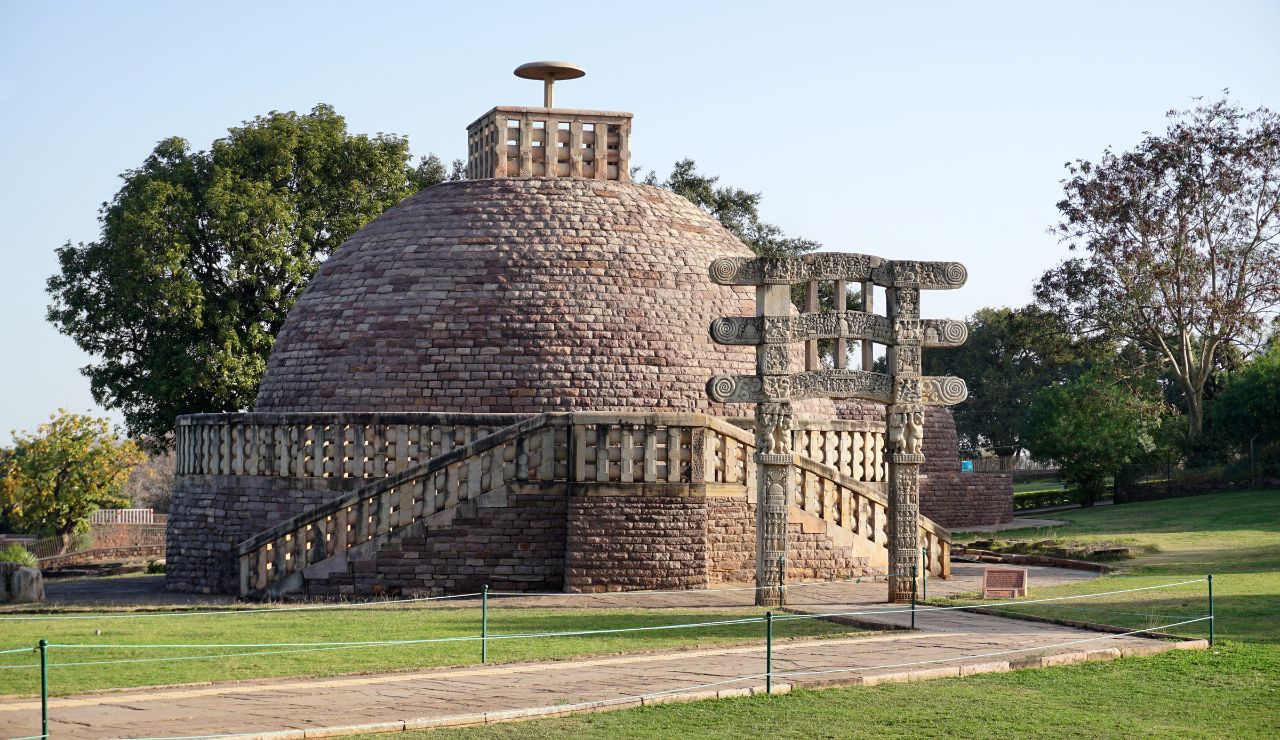
Sanchi isn’t a city in the traditional sense, but a vast monastic complex that once drew Buddhist pilgrims from across Asia. Built starting in the 3rd century BCE, its Great Stupa, gateways, and relics make it one of India’s oldest surviving sites. It thrived under the Maurya and Gupta empires. Sanchi preserved Buddhist teachings through sculpture and design, though many outside South Asia rarely hear of its significance.
